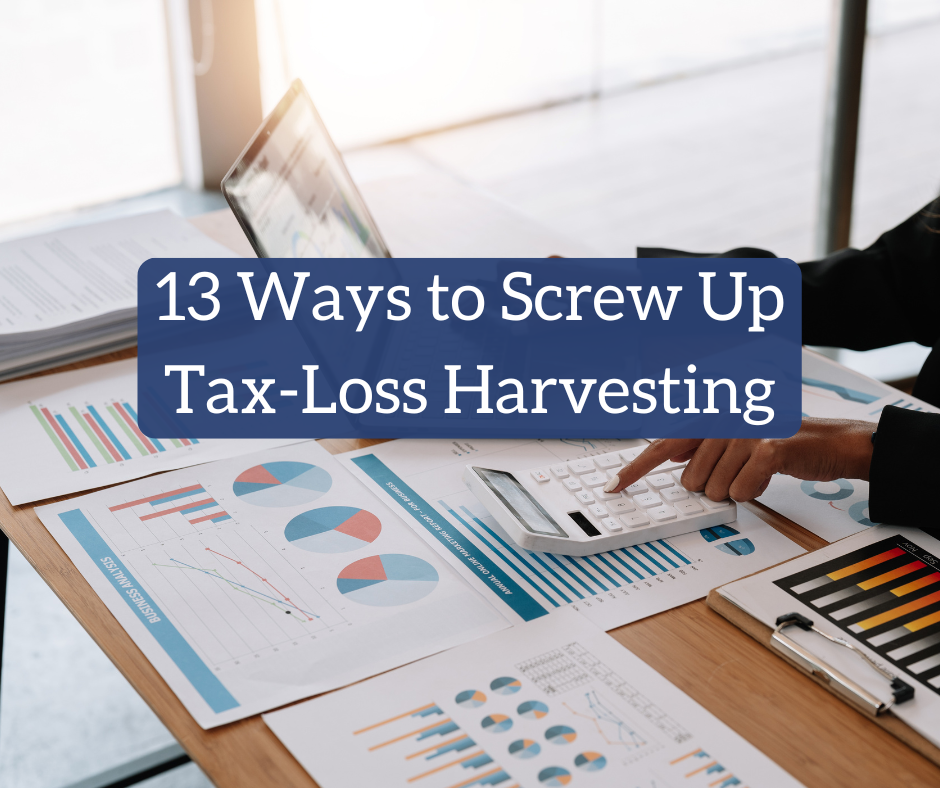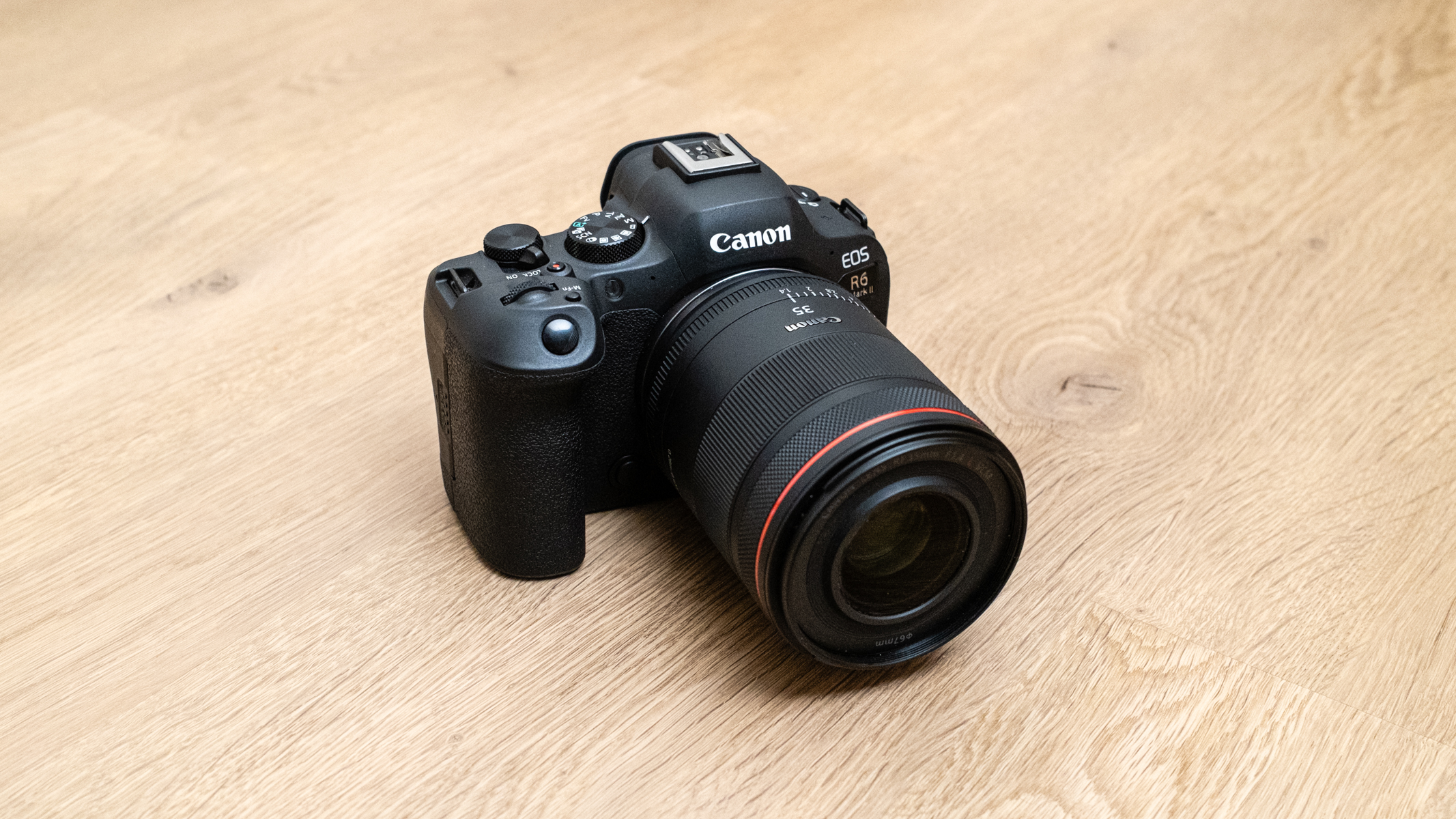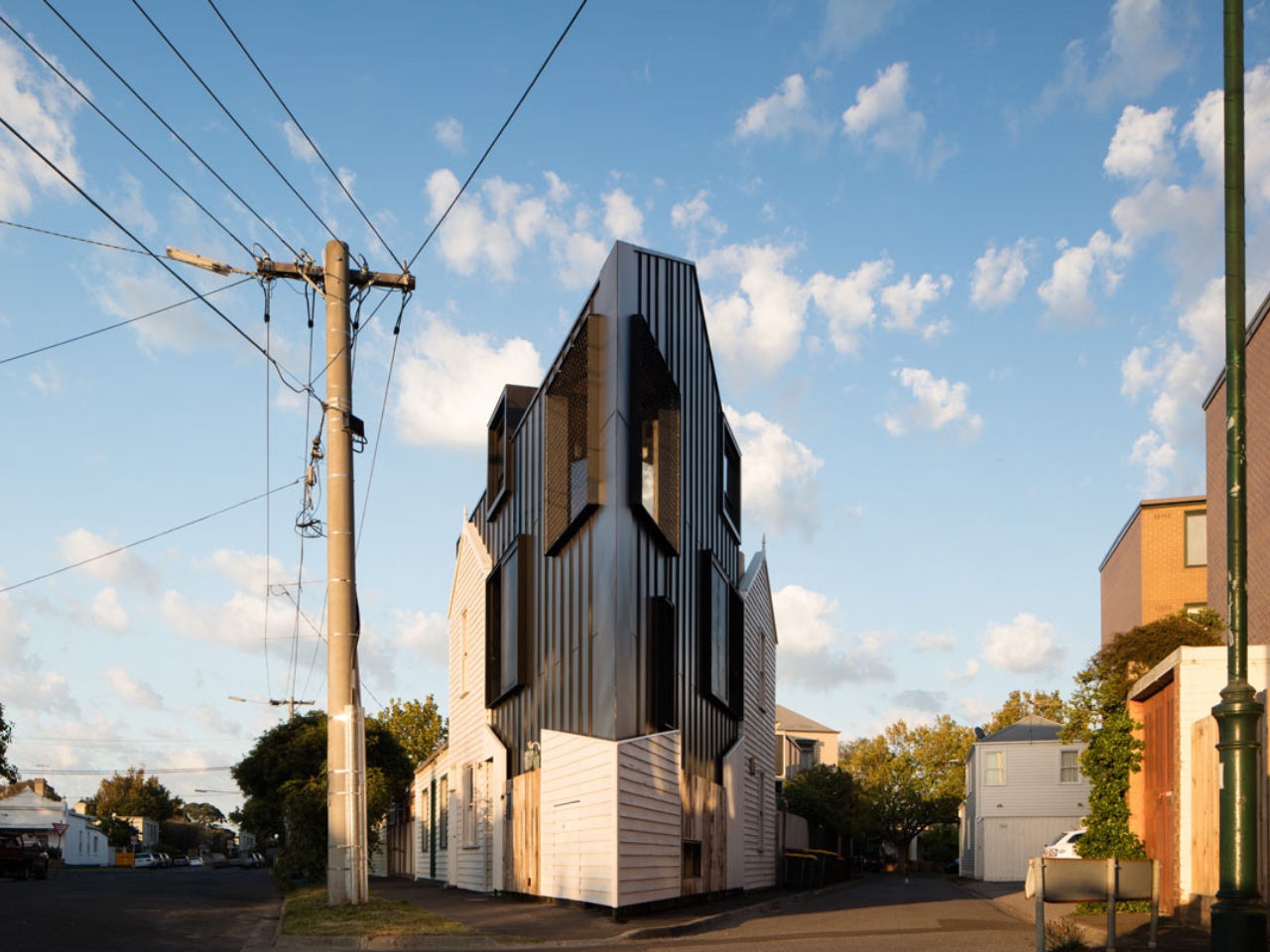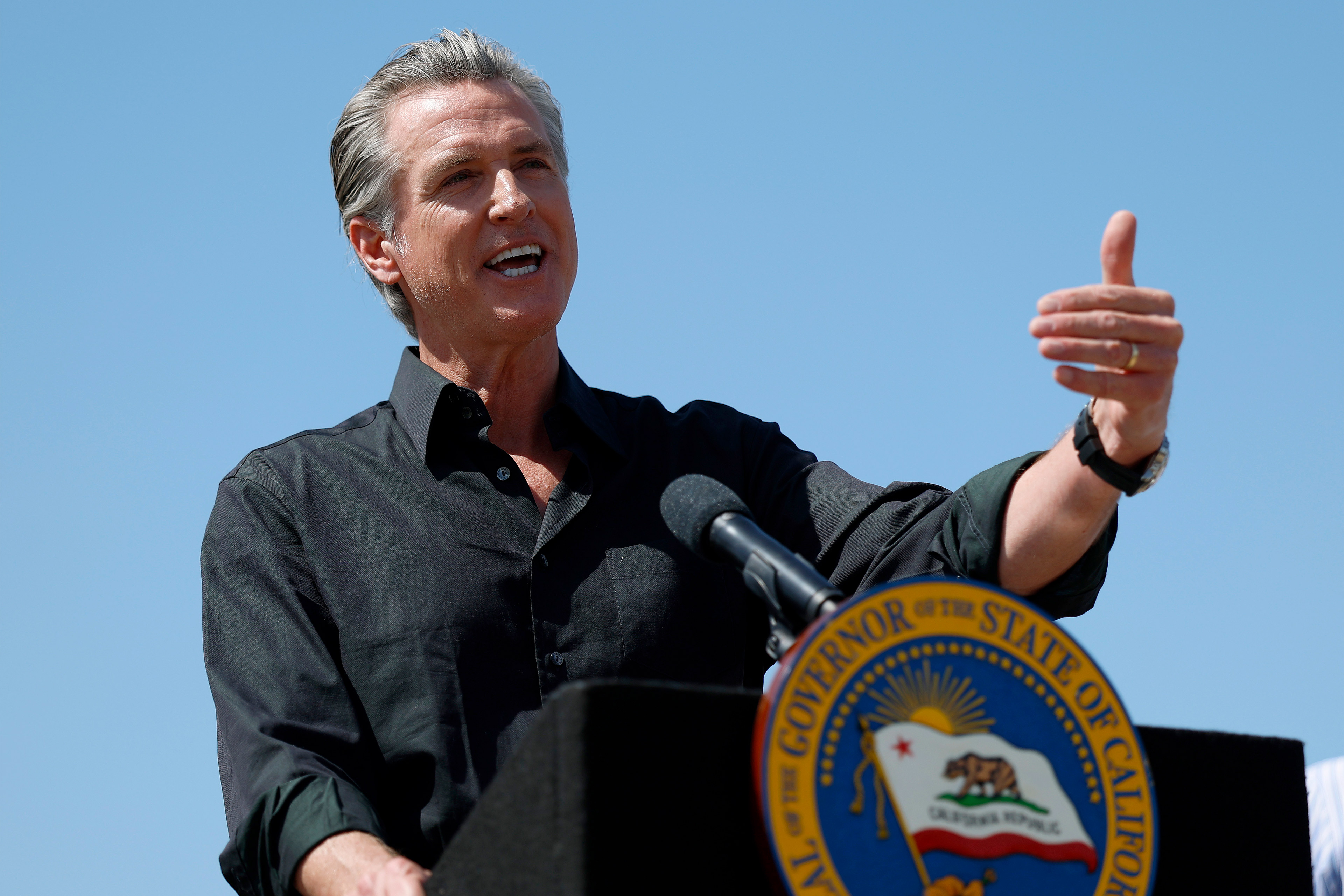Small Midwestern City Named ‘Allergy Capital’ of U.S.
Climate change is supercharging allergy seasons.
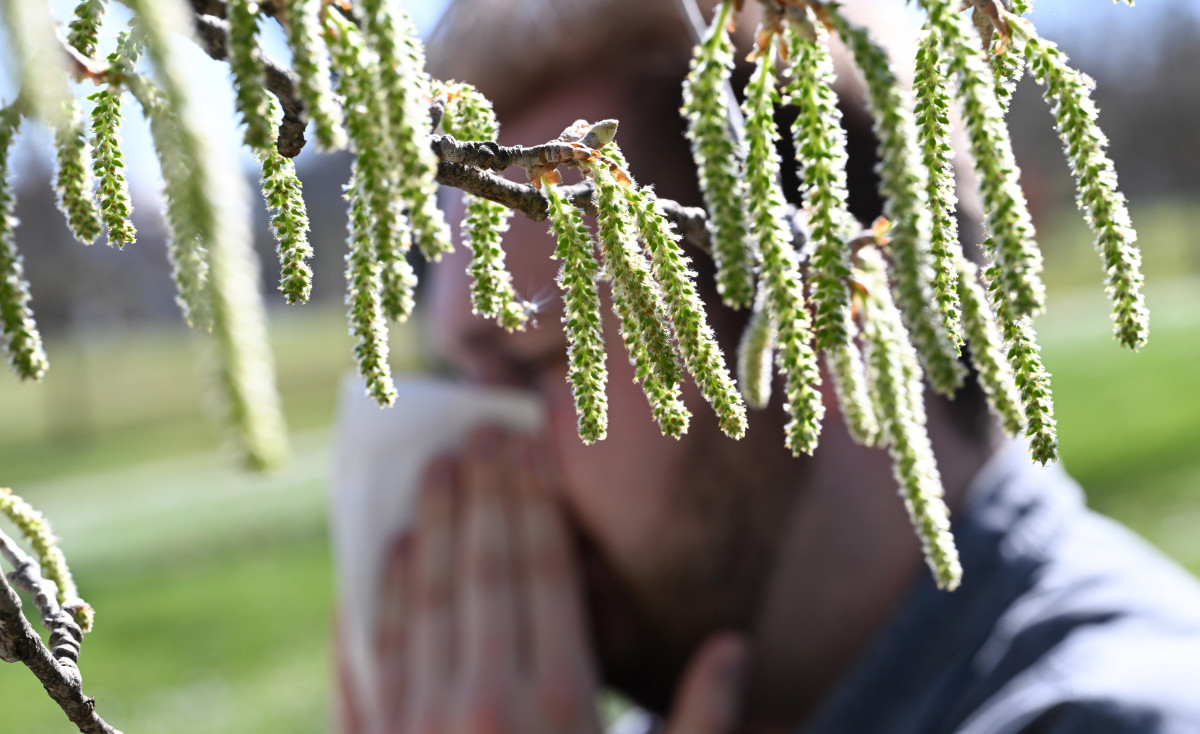
If you’ve felt like your seasonal allergies have been hitting harder and lasting longer lately, you're not alone. The Asthma and Allergy Foundation of America (AAFA) just dropped its annual Allergy Capitals report, and the findings highlight a growing public health concern affecting over 100 million Americans.
For the third year in a row, Wichita, KS ranks as the worst city in the country for allergy sufferers. The report focuses on tree, grass and weed pollen counts throughout the year, as well as over-the-counter allergy medicine use and the availability of board-certified allergists and immunologists.
But the real headline here isn’t just Wichita’s top ranking. It’s what’s happening nationwide, and especially across the South and East, as climate change supercharges allergy seasons in both intensity and duration.
While the worst Allergy Capitals are still mostly clustered in the South and East, the West saw some surprising shake-ups. California, in particular, took a hit in 2024, with more storms bringing extra moisture, grass and weed pollen levels spiked compared to 2023. As a result, a few California cities made big leaps up the Allergy Capitals rankings this year.
Here are the 10 toughest cities to live in if you struggle with seasonal allergies:
- Wichita, Kansas
- New Orleans, Louisiana
- Oklahoma City, Oklahoma
- Tulsa, Oklahoma
- Memphis, Tennessee
- Little Rock, Arkansas
- Raleigh, North Carolina
- Richmond, Virginia
- Greenville, South Carolina
- Greensboro, North Carolina
*AAFA studied data from the 100 most-populated U.S. metropolitan areas.
According to AAFA's Chief Mission Officer Melanie Carver, “In the short-term, adopting allergy management strategies can reduce the negative impacts of pollen allergies. Long-term, we should be looking at policy change to reduce the impact of climate change."
How Can I Prevent an Allergic Reaction to Pollen?
The impacts go way beyond itchy eyes and sneezing. Uncontrolled allergies can lead to more missed days of work and school, ER visits, and even hospitalizations for asthma sufferers. There are three main types of pollen allergy: tree pollen allergy, grass pollen allergy, and weed pollen allergy, each peak at different seasons during the year.
So what can you actually do about it? “No matter where you live, there are steps you can take to manage symptoms,” says Dr. Neeta Ogden, an allergist and spokesperson for the Asthma and Allergy Foundation of America (AAFA).
The key is cutting down your exposure to pollen, something experts call “environmental control.” Here are five practical ways to fight back, straight from the AAFA:
- Watch the pollen count: Use an app or local forecast to know when pollen is peaking.
- Be smart about outdoor time: Plan workouts or yard work for lower-pollen hours, usually right after rain or in the late afternoon.
- Gear up: HEPA filters, saline nasal rinses, and over-the-counter antihistamines can all make a big difference.
- Talk to your doctor: You might be a candidate for allergy shots or prescription treatments if OTC meds aren’t cutting it.
- Shut the windows: Keep that pollen out by keeping windows closed, especially on high-count days.
The Bottom Line
Allergy season isn’t just a springtime thing anymore, in many places, it’s practically a year-round battle. And while long-term solutions require big policy moves to address climate change and improve access to allergy care, the short-term fight is personal.
Wherever you live, the best strategy is to stay informed, be proactive, and not tough it out when symptoms hit.


